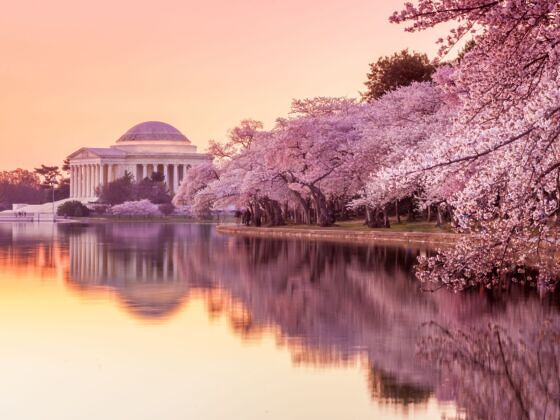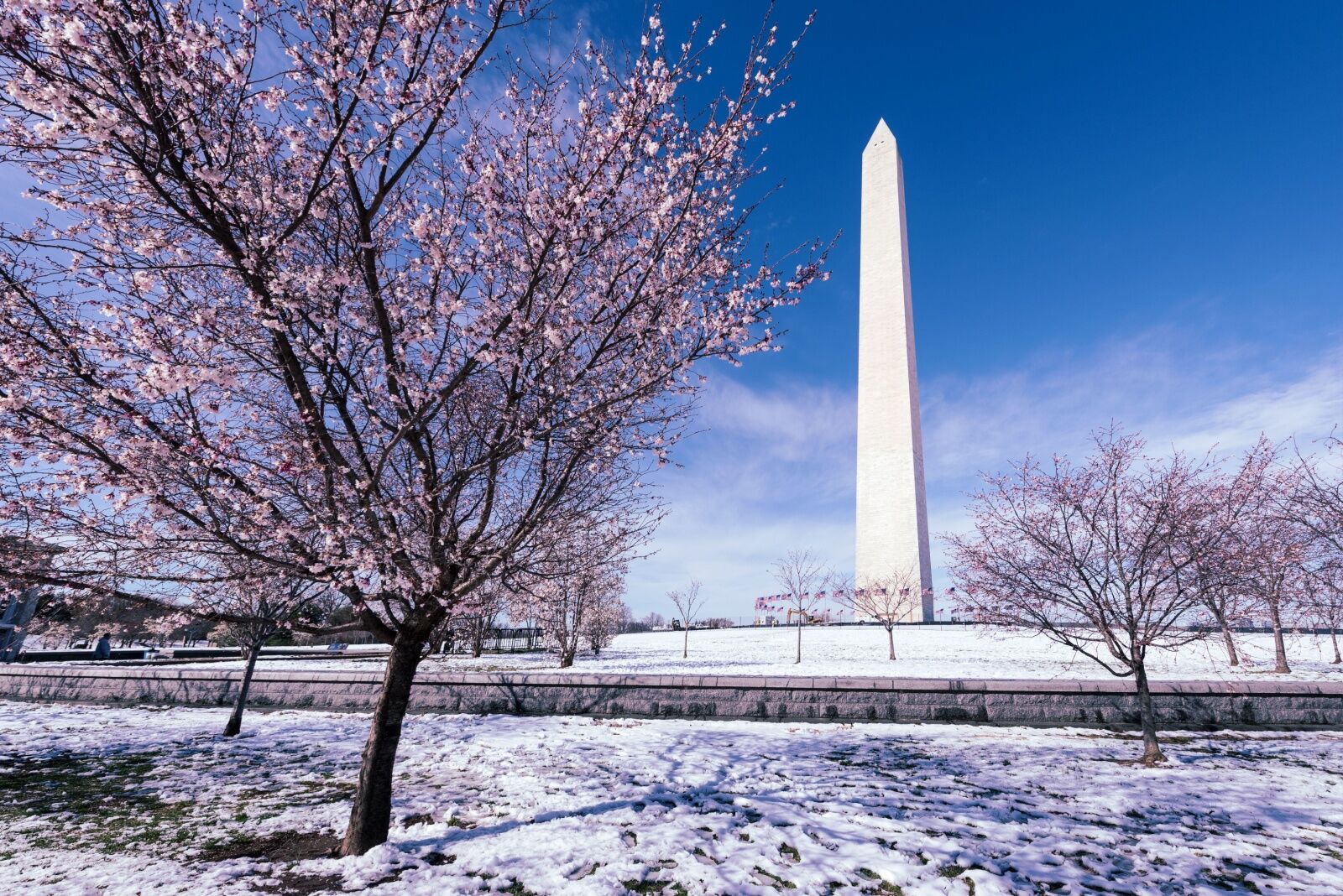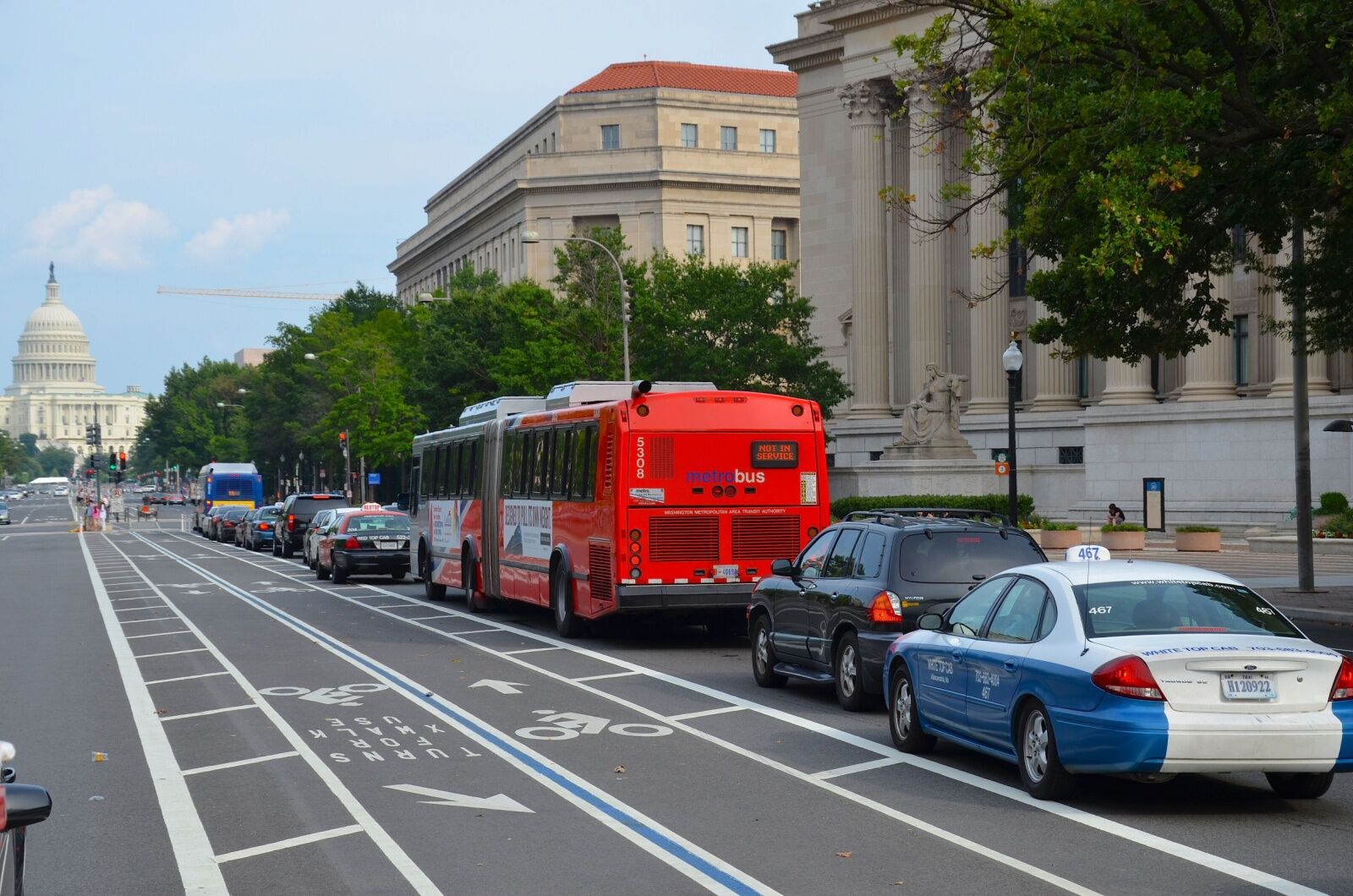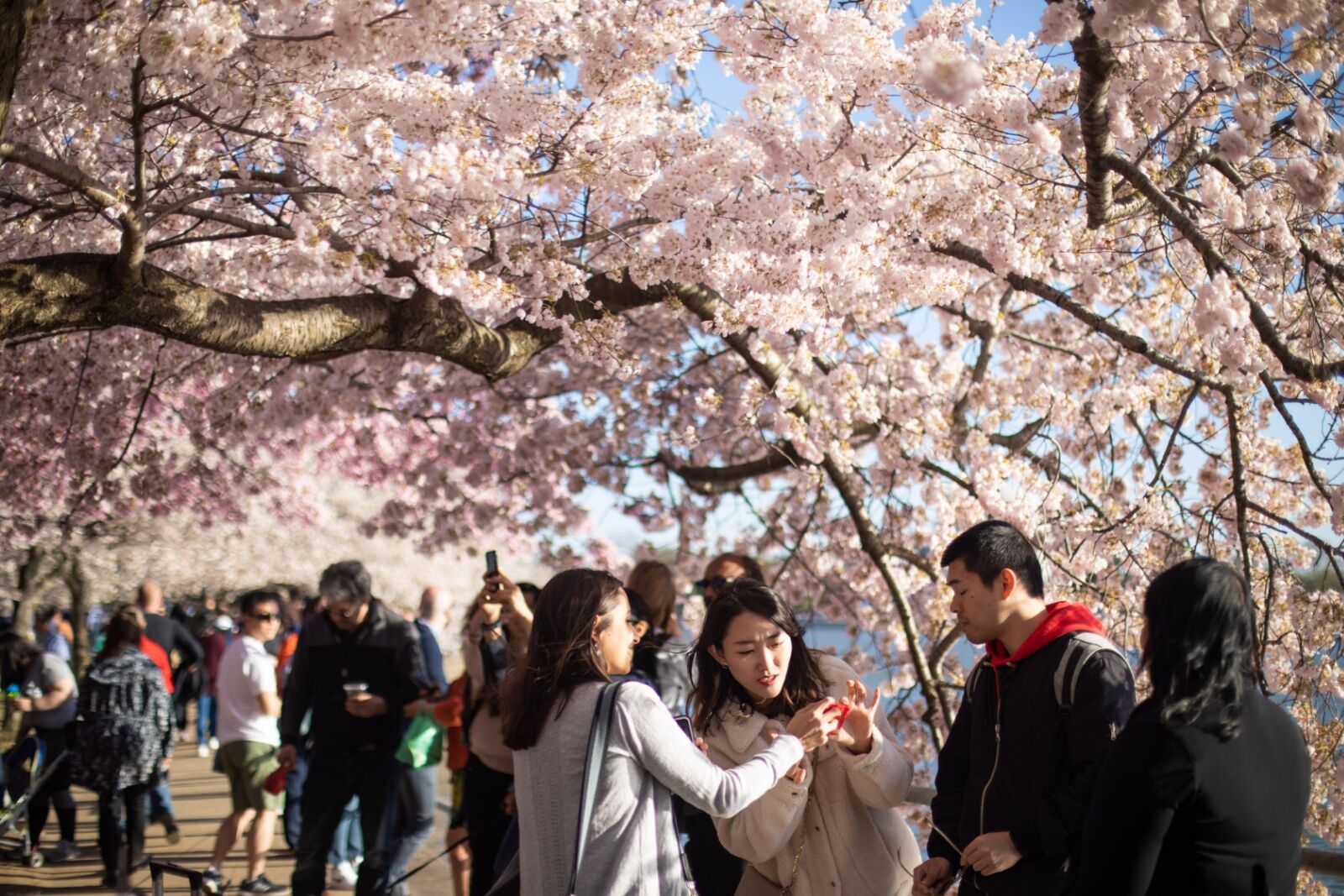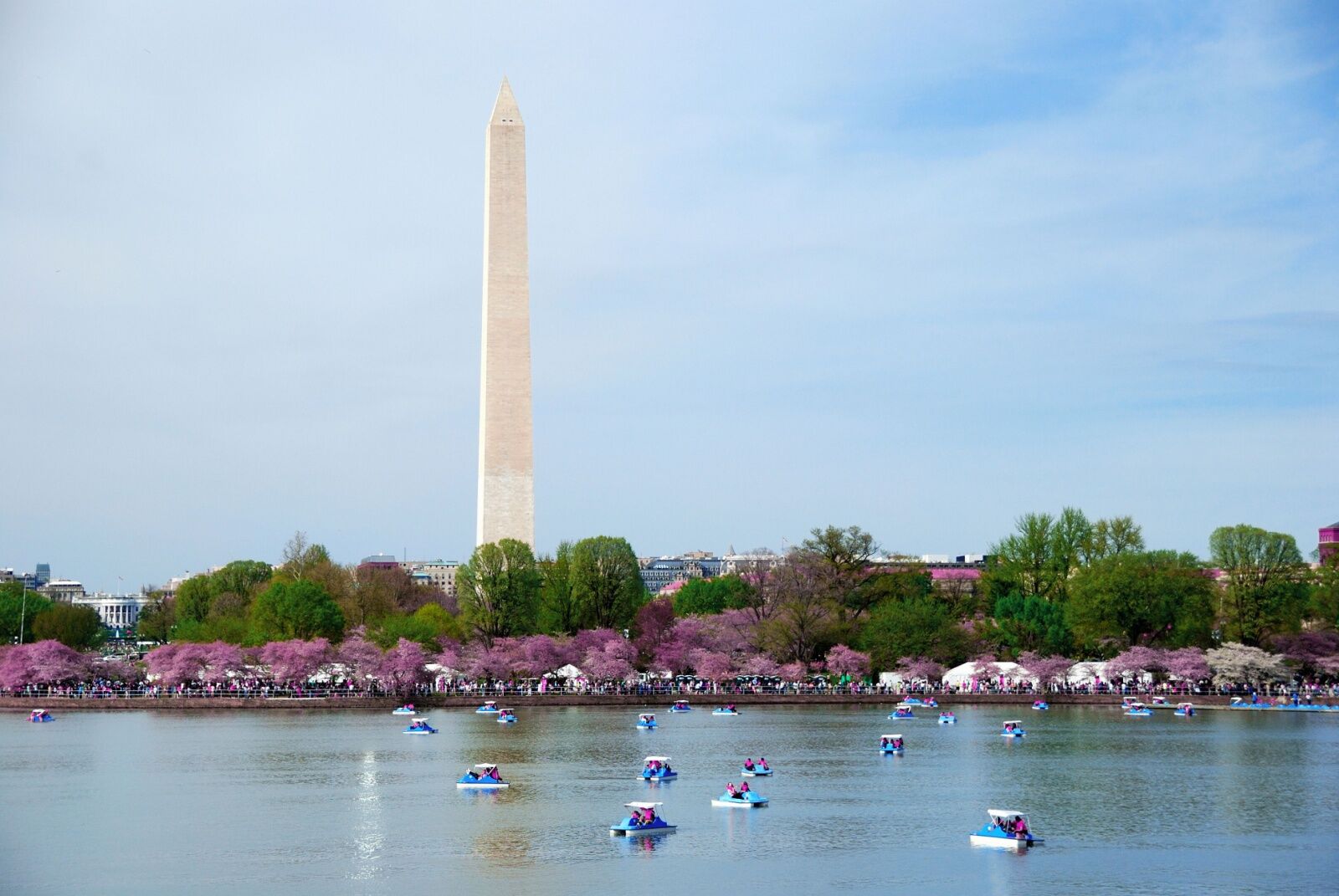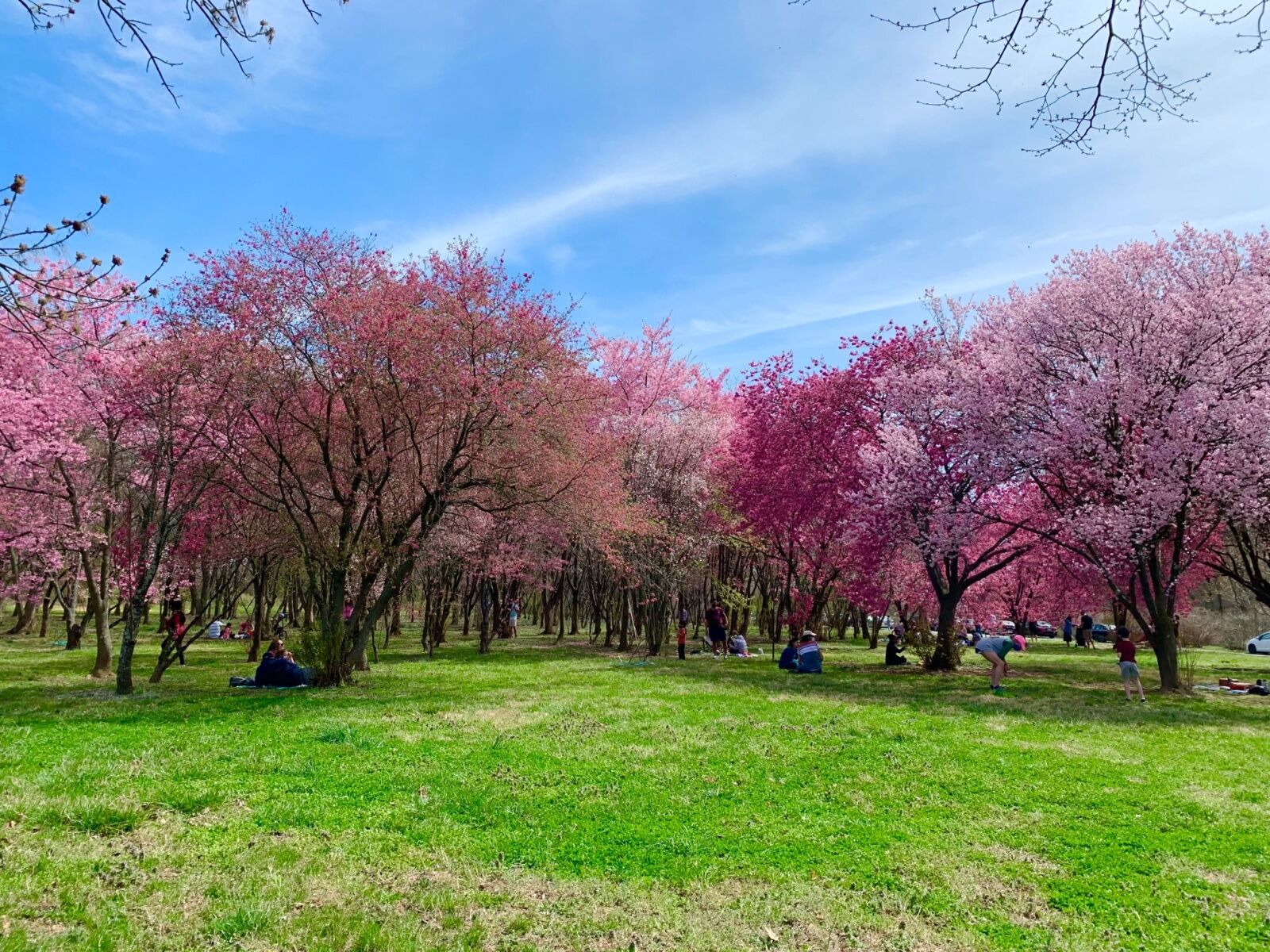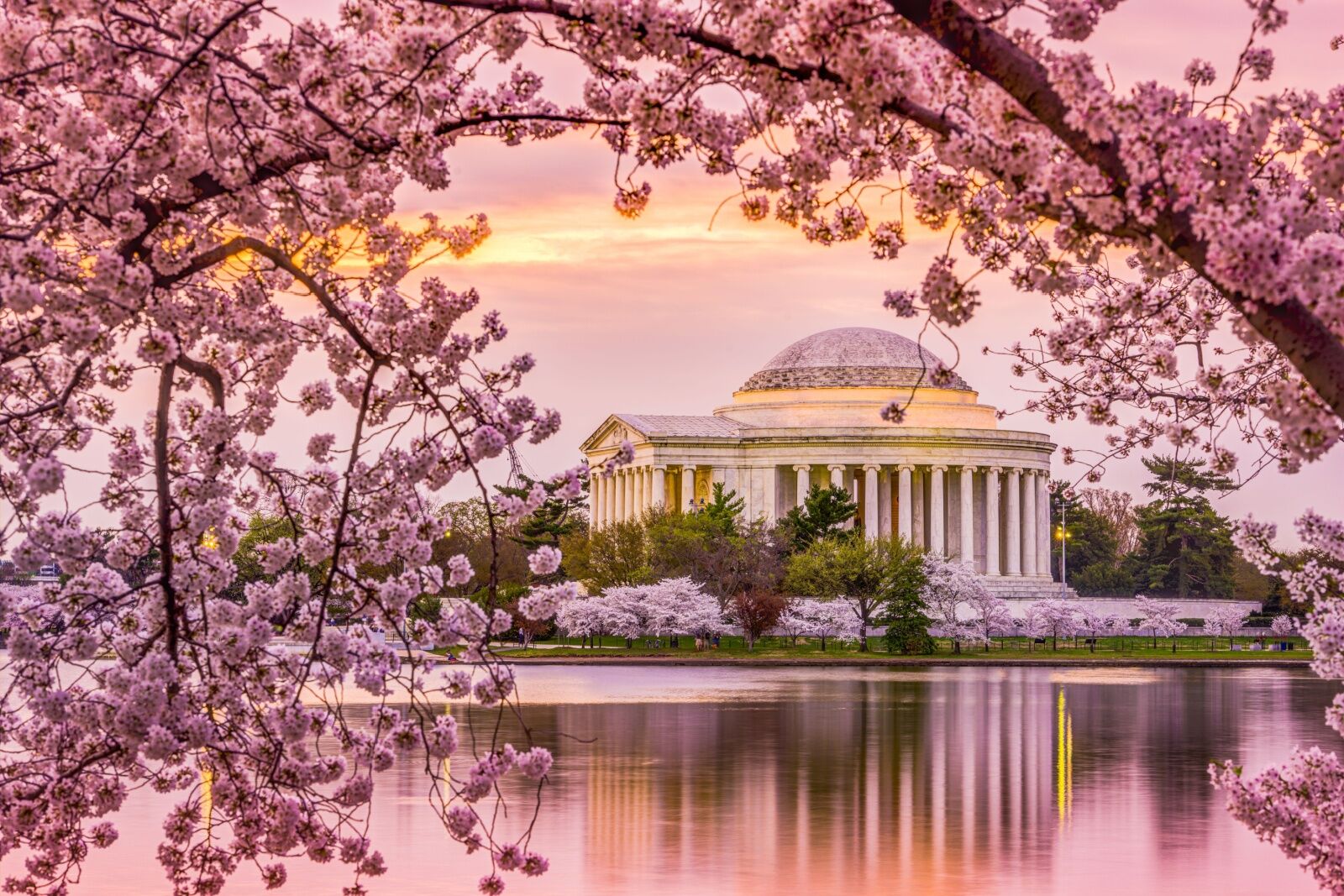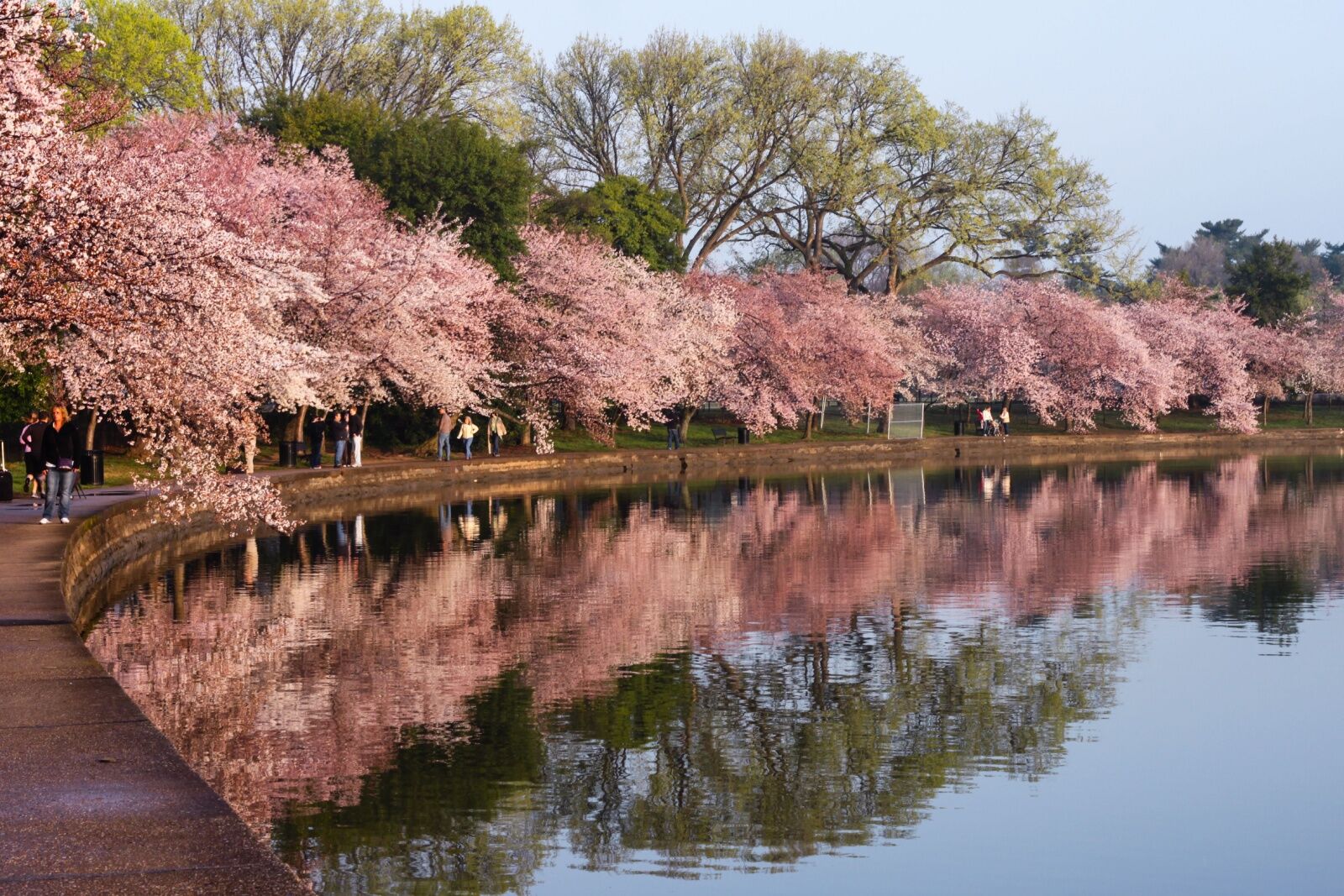When the long-awaited blooming of the cherry blossom trees signals the arrival of spring, Washington, DC, becomes awash in tones of dreamy pink, white, and fuchsia. Each year, 4,000 trees first planted in 1912 as a gift from Japan to the people of the US come alive, bursting into tens of thousands of spectacular petals that attract a staggering one million visitors.
And each year, the nation’s capital hosts the National Cherry Blossom Festival, a must-do if you’re visiting the city in the spring. However, without some smart planning, trying to see the colorful trees can turn into a nightmare of crowds, long walks, and bad weather. With no preparation, attending the DC cherry blossom festival can go from fun to full hassle as quickly as one of the withering blooms.
Don’t let the flowers turn you sour — avoid these common mistakes visitors make when attending the festival.
